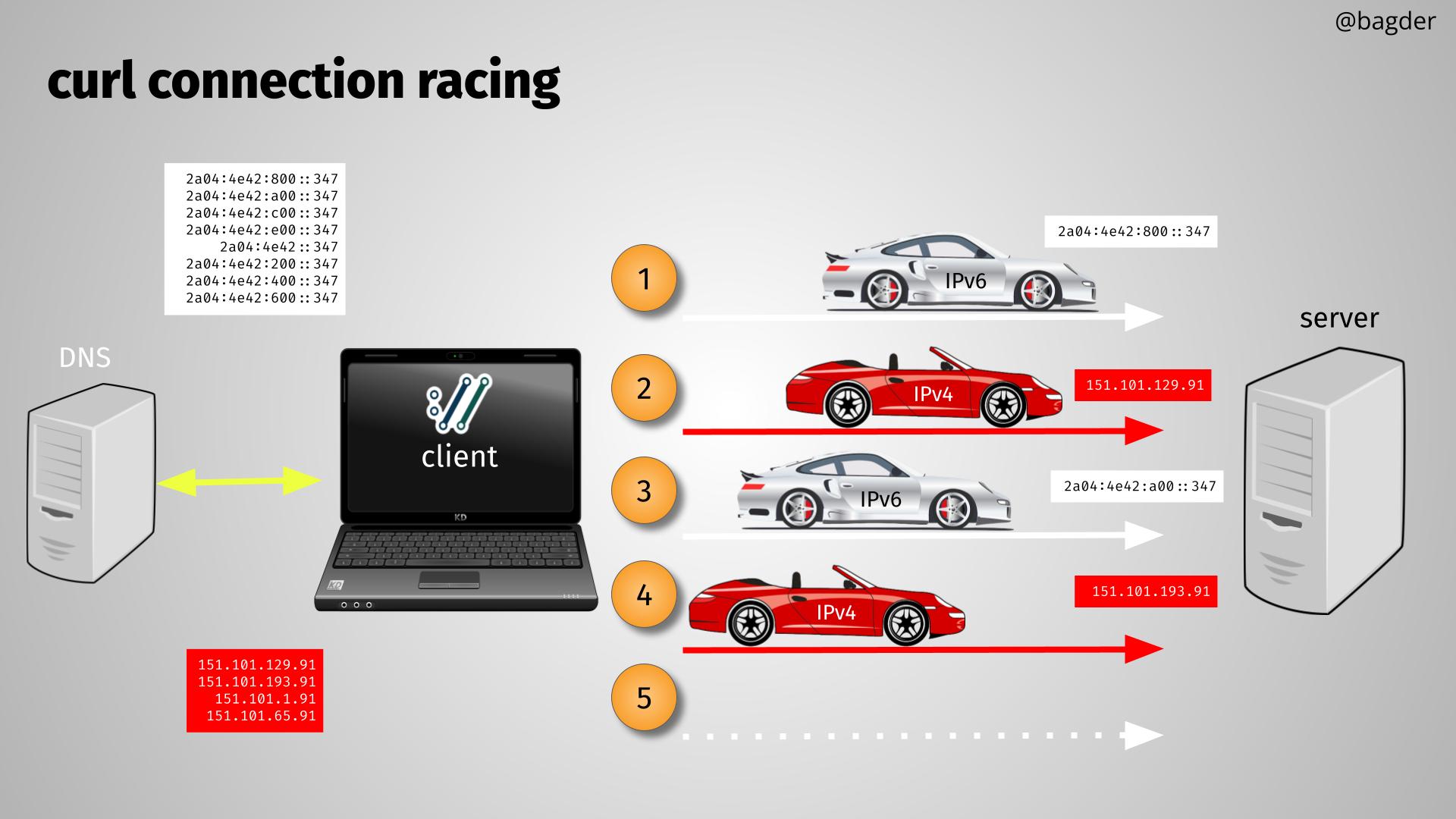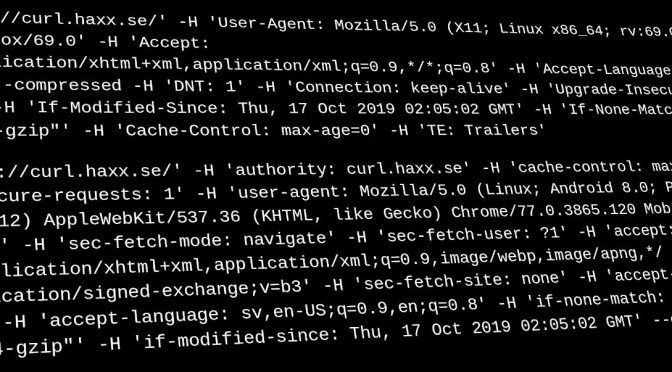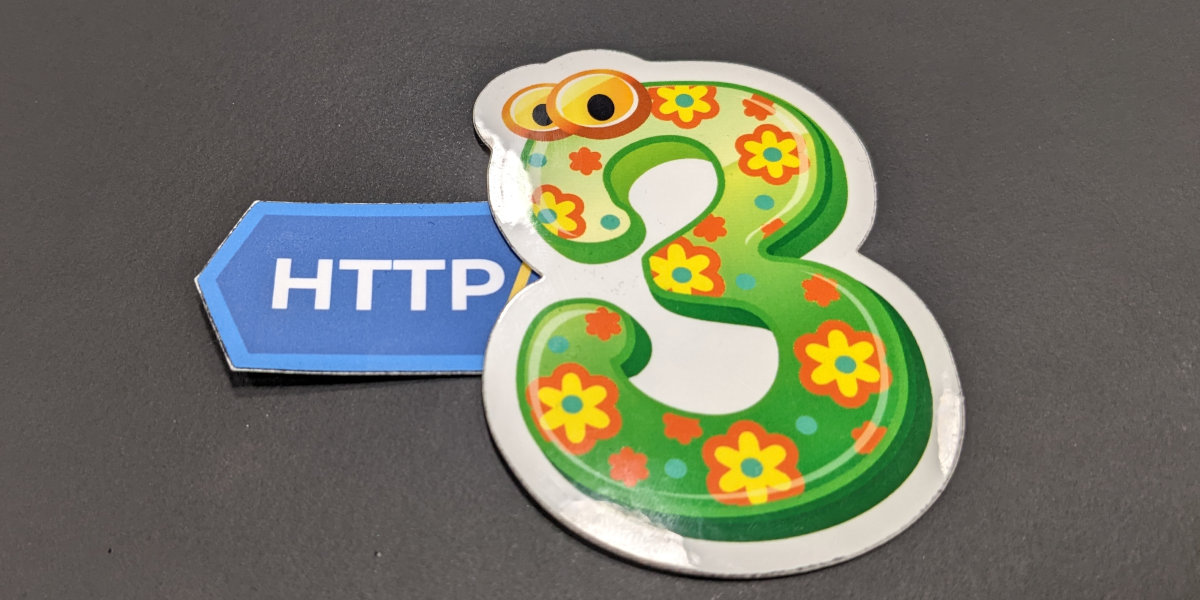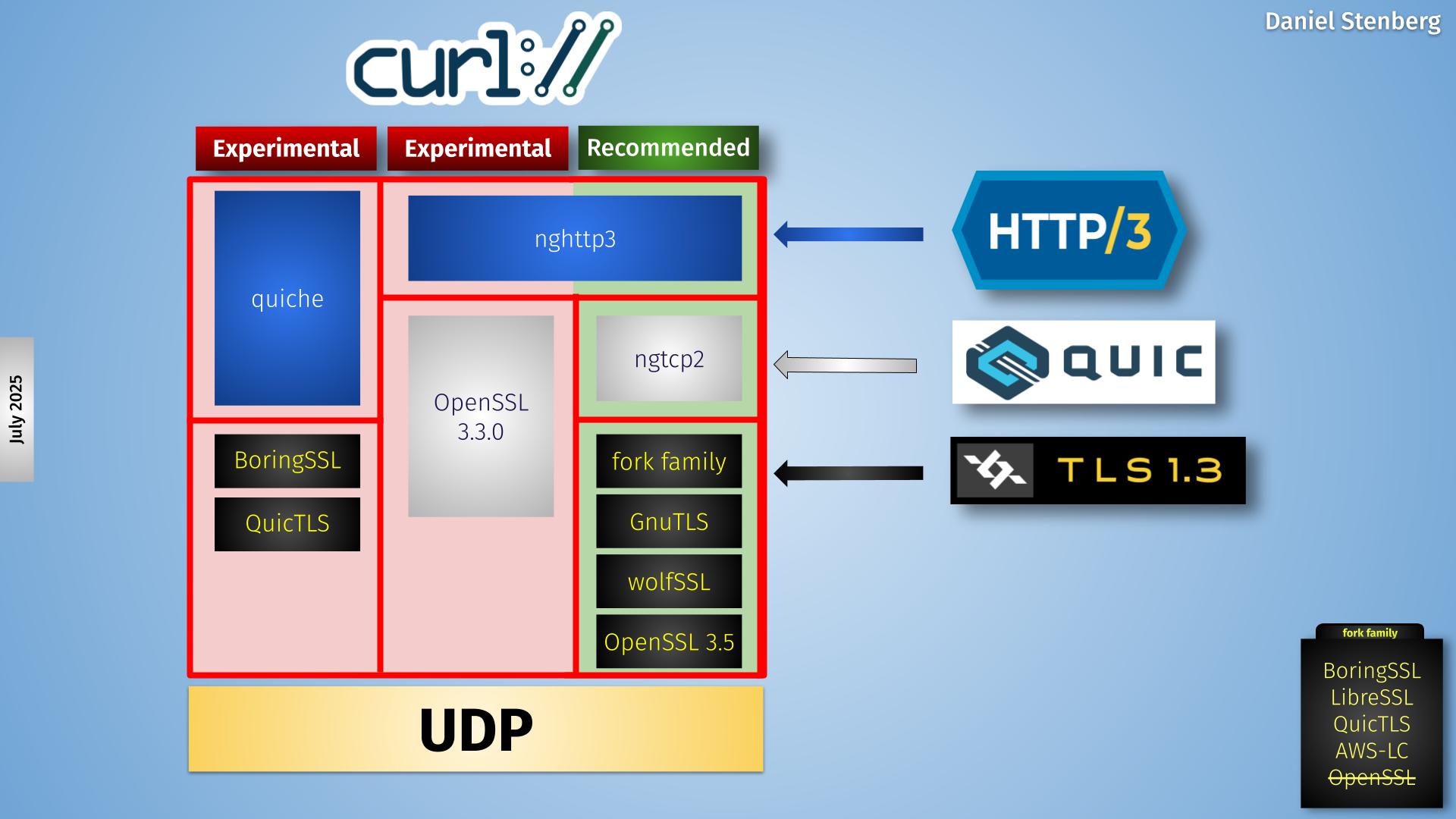Seven years ago I wrote about how a hundred million cars were running curl and as I brought up this blog post in a discussion recently, I came to reflect over how the world might have changed since. Is curl perhaps used in more cars now?
Yes it is.
With the help of friendly people on Mastodon, and a little bit of Googling, the current set of car brands known to have cars running curl contains 47 names. Most of the world’s top brands:
Acura, Alfa Romeo, Audi, Baojun, Bentley, BMW, Buick, Cadillac, Chevrolet, Chrysler, Citroen, Dacia, Dodge, DS, Fiat, Ford, GMC, Holden, Honda, Hyundai, Infiniti, Jeep, Kia, Lamborghini, Lexus, Lincoln, Mazda, Mercedes, Mini, Nissan, Opel, Peugeot, Polestar, Porsche, RAM, Renault, Rolls Royce, Seat, Skoda, Smart, Subaru, Suzuki, Tesla, Toyota, Vauxhall, Volkswagen, Volvo
I think it is safe to claim that curl now runs in several hundred million cars.
How do we know?
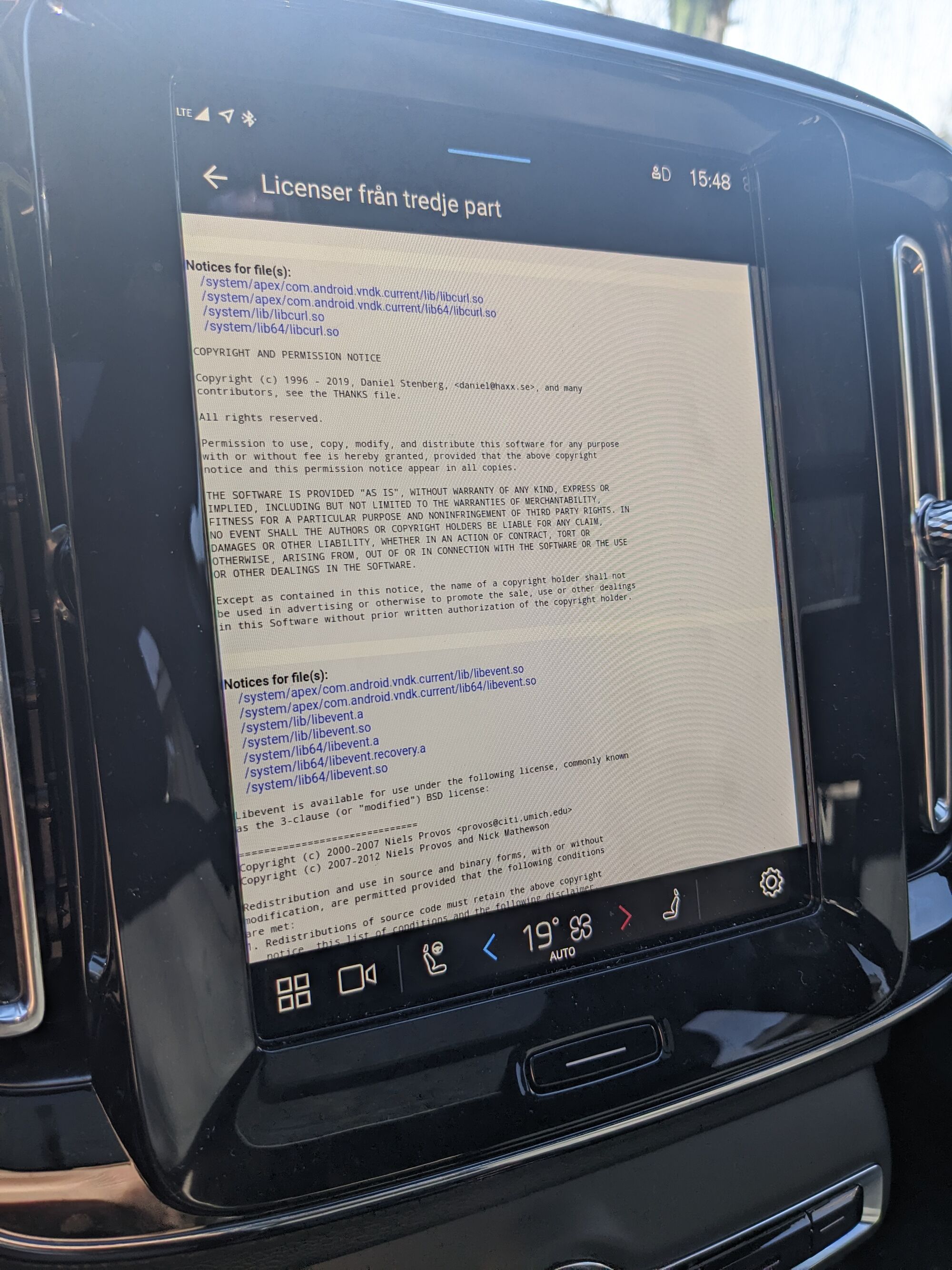
This is based on curl or curl’s copyright being listed in documentation and/or shown on screen on the car’s infotainment system.
The manufacturers need to provide that information per the curl license. Even if some of course still don’t.
Some brands are missing
For brands missing in the list, we don’t know their status. There are many more car brands that we can suspect probably also run and use curl, but for which we have not found enough evidence for it. If you do, please let me know!
What curl are the running?
These are all using libcurl, not the command line tool. It is not uncommon for them to run fairly old versions.
What are they using curl for?
I can’t tell for sure as they don’t tell me. Presumably though, a modern care does a lot of Internet transfers for all sorts of purposes and curl is a reliable library for doing that. Download firmware images, music, maps or media. Upload statistics, messages, high-scores etc. Modern cars are full-blown computers plus mobile phones combined, of course they transfer data.
Brands, not companies
The list contains 47 brands right now. They are however manufactured by a smaller number of companies, as most car companies sell cars under multiple different brands. So maybe 15 car companies?
Additionally, many of these companies buy their software from a provider who bundles it up for them. Several of these companies probably get their software from the same suppliers. So maybe there is only 7 different ones?
I have still chosen to list and talk about the brands because those are the consumer facing names used in everyday conversations, and they are the names we mere mortals are most likely to recognize.
Not a single sponsor or customer
Ironically enough, while curl runs in practically almost every new modern car that comes out from factories, not a single of the companies producing the cars or the software they run, are sponsors of curl or customers of curl support. Not one.
An Open Source sustainability story in two slides


Yes they are allowed to
We give away curl for free for everyone to use at no cost and there is no obligation for anyone to pay anyone for this. These companies are perfectly in their rights to act like this.
You could possibly argue that companies should think about their own future and make sure that dependencies they rely on and would like to keep using, also survive so that they can keep depending on these components going forward as well. But obviously that is not how this works.
curl is liberally licensed under an MIT-like license.
What to do
I want curl to remain Open Source and I really like providing it in a way, under a liberal license, that makes it possible to get used everywhere. I mean, if we use the measurement of how widely used a software is, I think we can agree that curl is a top candidate.
I would like the economics and financials around the curl project to work out anyway, but maybe that is a utopia we can never reach. Maybe we eventually will have to change the license or something to entice or force a different behavior.






